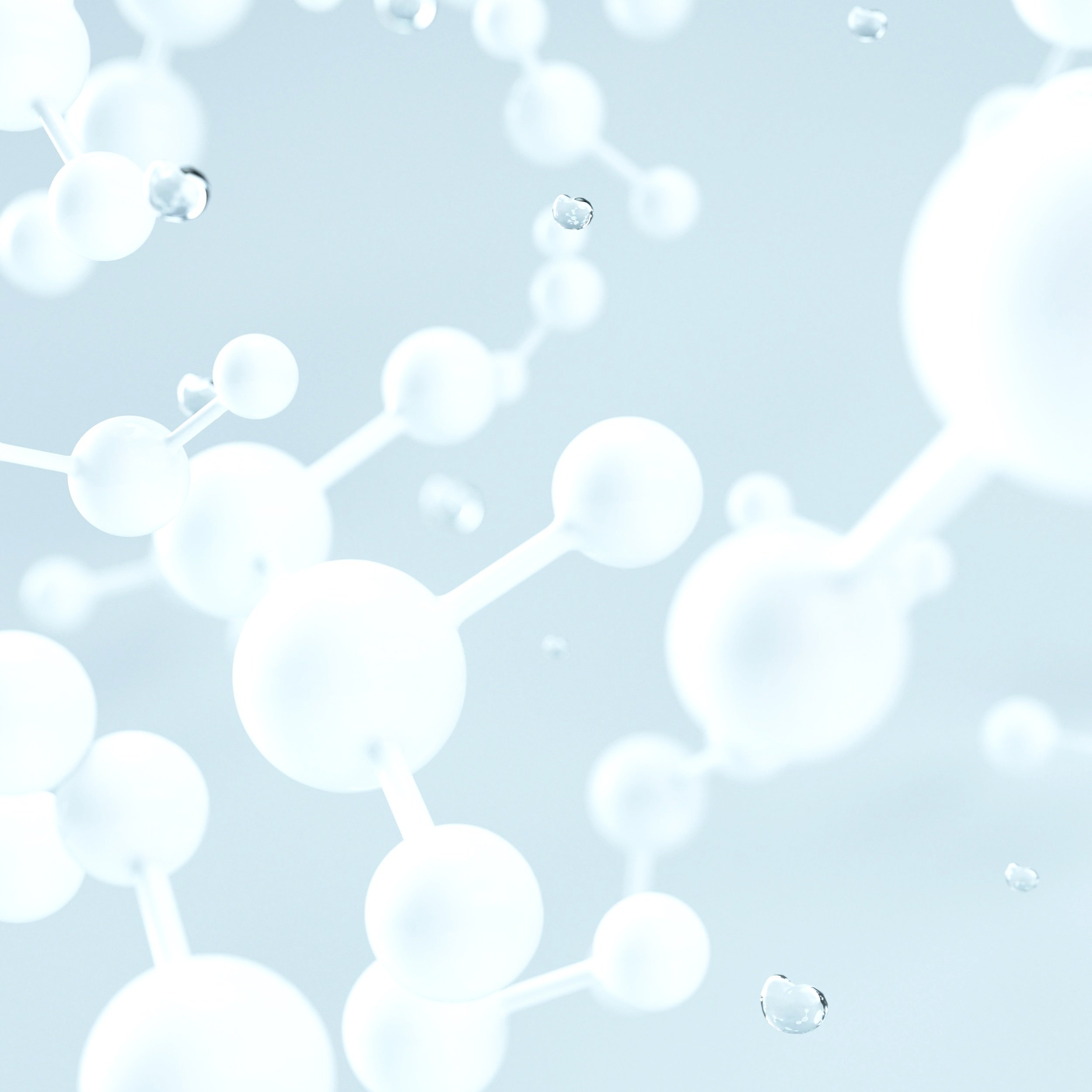
F.A.Q.
What is wiped film distillation?
Wiped film distillation is a continuous distillation technology. The very simplest version of wiped film distillation consists of a vertical cylinder made of glass or steel. The liquid to be distilled is added to the inside of the cylinder, and the outside of the cylinder is heated by electric band heaters or a hot oil jacket. The still system is pulled under vacuum, as needed, and the volatile components of the liquid vaporize and are collected on a condenser as distillate. The material that does not vaporize runs out the bottom of the cylinder and is collected as a separate stream known as residue.
What are some variations and common names of wiped film stills?
The molecular still configuration consists of a wiped film still with an internal condenser. The internal condenser is situated in the middle of the still body, and the wiper basket surrounds it. Another name for this configuration is the short path still, because the vapors travel a short path from the wall of the still to the internal condenser. This configuration is the most efficient because the vapors do not have to be forced up and out of the still body to be condensed. It requires the least amount of heat to perform the desired distillation.
The wiped film evaporator (WFE) configuration consists of a wiped film still with an external condenser. This configuration is particularly helpful when there is a large volume of solvent or other material to be distilled. Sometimes the amount can overwhelm an internal condenser due to smaller surface area. The external condenser can be sized to whatever is needed for the application. This configuration is often used in solvent recovery applications or in applications where there is risk of carry over from the walls to the distillate.
The fractional wiped film still is a less common version of wiped film still. This still combines the traditional WFE configuration with a fractional column. This system is used in situations where the product and impurity boiling points are too close to be separated by the single theoretical plate of the traditional wiped film still.
What are the advantages of wiped film distillation?
There are many advantages. One advantage of this technique is the ability to distill thermally sensitive materials. Many materials cannot tolerate the prolonged heating needed to distill materials in a traditional pot distillation, but can handle the 15-90 seconds it takes to run through a wiped film still.
Another advantage is these systems can be pulled under very high vacuum, as low as 0.001 Torr if needed. Because of this, larger MW molecules can be distilled with this technique than with conventional distillation.
The stills are also incredibly efficient, because all the heat is being transferred into a very thin film, so a large percentage of the material can be distilled very quickly.
What are some of the challenges of wiped film distillation?
The material to be distilled must be liquid, the stills do not tolerate solids. In addition, it must flow down the still walls. If it becomes too thick, it won’t flow and will back up, causing problems within the still body.
If the material has a tendency to polymerize, the sheer force from the wipers, along with the heat of distillation, can sometimes exacerbate the polymerization reaction.
If the material to be distilled is not lubricating, the wipers can shed and create contamination within the still. In general, systems that are predominantly solvent or water may need a different technology, like a falling film system.
The standard wiped film still has one theoretical plate. Therefore, if the product boils too close to the impurity to be removed, a wiped film still may not be able to attain the desired purity.
How can Schilling Scientific Consulting help with my distillation?
If you are trying to determine if wiped film distillation is worth considering, I am available to evaluate your application . In this case, I would have a short, free conversation, where we would talk through your project and decide if there is anything further I can do to help.
I am available to evaluate your current equipment and recommission, as necessary. I can assist in trouble shooting vacuum problems, transfer pump problems and any other challenge.
I can assist in performing difficult distillations and improve inefficient results. Through my guidance, you can expect improved yields, purities and throughput time.
I have operator training and distillation education available. I have a complete and thorough seminar available to train your team in the theory AND practice of wiped film distillation.
I can provide both on-site and remote assistance. Trouble-shooting is best done in person, but can be performed remotely if on-site is not possible.
What qualifications and experience do you have?
I have a Bachelor’s degree in Chemistry.
I worked for 16 years in chemical and pharmaceutical production in many roles. I worked as an operator, chemist and production manager. I used reactors, filters, oven dryers, rotovaps and many other standard pieces of chemical production equipment.
After that, I worked for a leading wiped film still manufacturer, running their distillation plant for six years. In this role, I learned how to run lab trials, pilot equipment, and production scale stills. We processed more than a million pounds of material a year on seven different wiped film still systems of all sizes.
I had the opportunity to work with materials from a diverse range of applications. Some included citrus oils, liquid polymers, silicone polymers, vegetable poly-glycerides, waxes, natural oils, cannabinoids, synthetic oils, cosmetic oils, polyols and many others. Many of the materials handled were difficult to handle, difficult to purify, or both.
